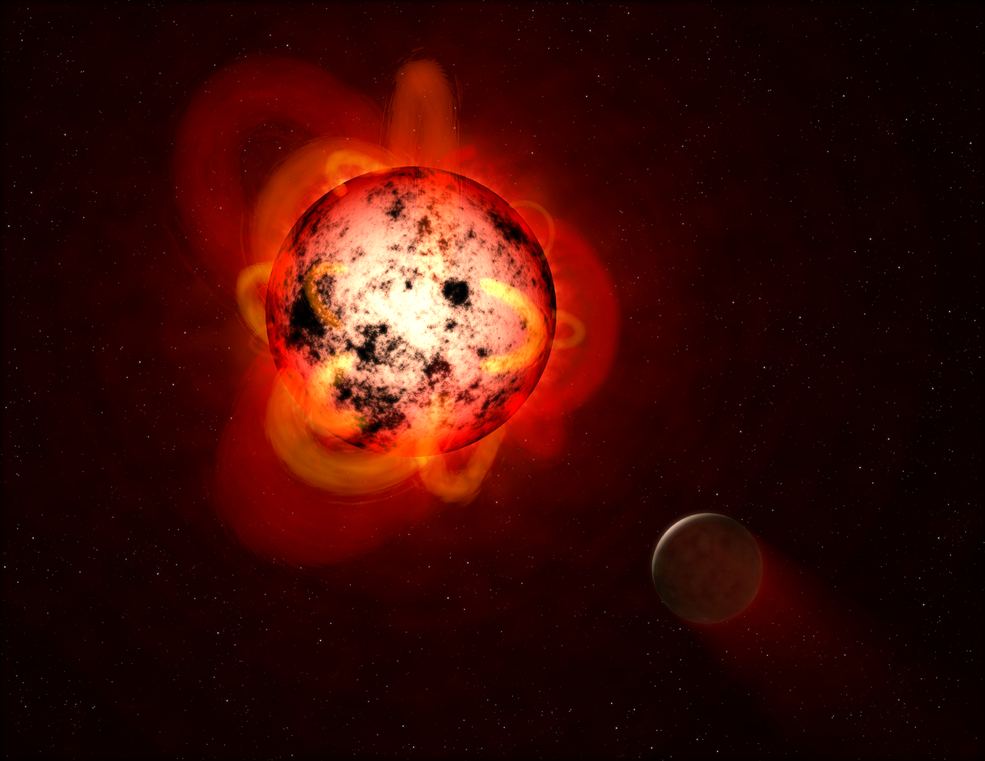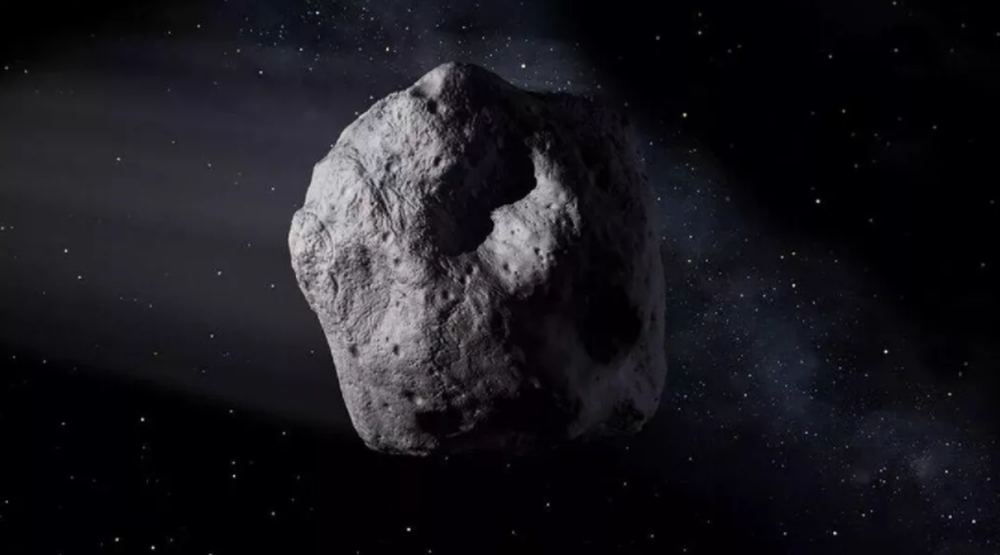
Continue reading

A 16-year study by an international team of astronomers has confirmed Einstein's Theory of General Relativity and witnessed some predicted effects that were never before seen.
Continue reading

Astronomers have found a small, hot planet that might be almost solid iron.
Continue reading

Continue reading

Continue reading

Continue reading

Continue reading

New renderings from Kevin M Gill show a unique feature on Mars: the northern polar Chasma Boreale Megadunes!
Continue reading

Continue reading

Continue reading

Continue reading

Continue reading

Continue reading

Continue reading

According to new research led by Dutch astronomers, there may be lots of galaxies in the Universe that have no Dark Matter.
Continue reading

After many MANY delays, the James Webb Space Telescope is fully-fueled and ready for the final stage of preparations before launch (still on for Dec. 22nd)!
Continue reading

One of the best annual meteor showers of the year, the Geminids top off 2021.
Continue reading

Continue reading

After suffering a technical glitch and going into sleep mode for the second time this year, Hubble is once again back online!
Continue reading

Continue reading

Continue reading

Continue reading

New research from UT Austin shows that dwarf galaxies - like our neighbor, Leo I - also have massive black holes at their centers!
Continue reading

Continue reading

Continue reading

Continue reading

Continue reading

Continue reading

Rocket Lab just showed the updated design of their Neutron rocket, which features a never-before-seen Hungry Hippo fairing!
Continue reading

Continue reading

The search is underway for a hypothetical form of dark matter known as boson clouds.
Continue reading

Continue reading

Located in the constellation Leo, about 33 million light-years from Earth, is the barred spiral galaxy known as Messier 95.
Continue reading

Continue reading

New images of the Running Man Nebula taken by Hubble provide insight into how young stars and debris disks are influenced by their environment
Continue reading

Continue reading

For the 19th mission of the New Shepard rocket, Blue Origin has offered a seat to Alan Shepard's eldest daughter - Laura Shepard Churchley!
Continue reading

Continue reading

Continue reading

This weekend, the shadow of the Moon graces the Earth one last time for the year.
Continue reading

NASA and the U.S. Dept. of Energy have come together to solicit design proposals for a nuclear reactor that will power Lunar and Martian exploration!
Continue reading

Continue reading

Continue reading

Continue reading

Continue reading

Continue reading

Continue reading

Continue reading

NASA's Double Asteroid Redirection Test (DART) just launched and will intercept a Near-Earth Asteroid (NEA) in ten months!
Continue reading

Continue reading


















































